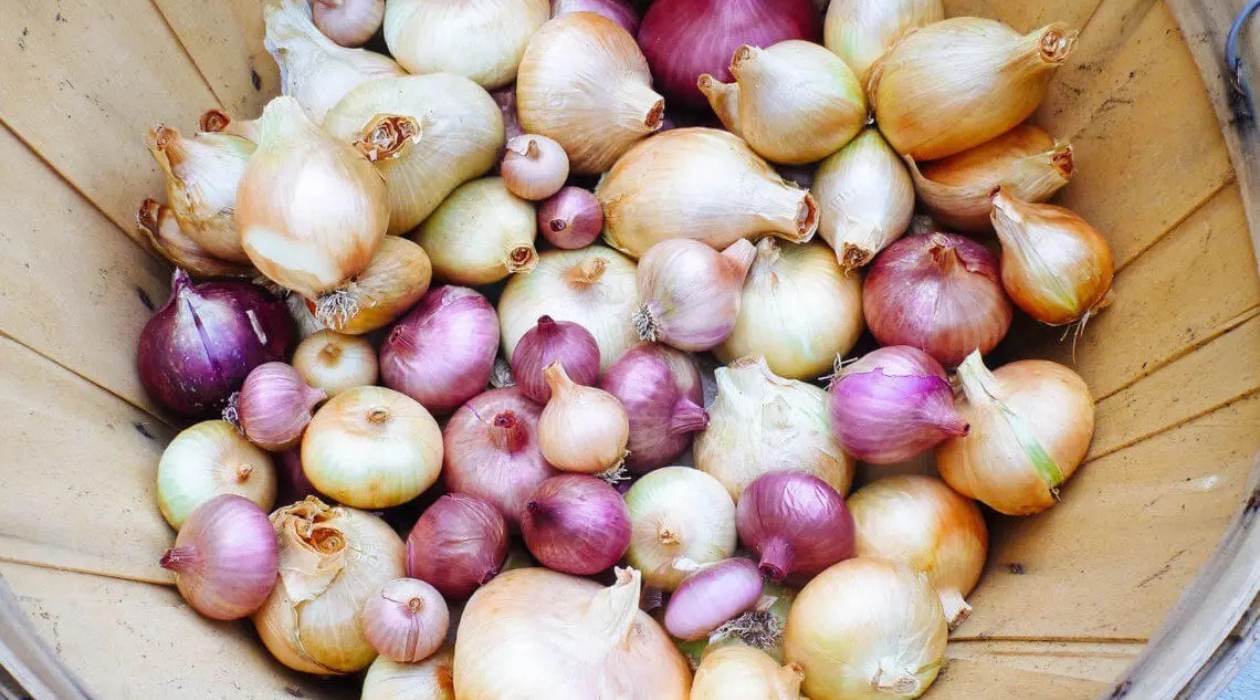

Articles
How To Store Onion Sets
Modified: January 5, 2024
Looking for articles on how to store onion sets? Discover tips and techniques for properly storing and preserving onion sets to maximize their viability and shelf life.
(Many of the links in this article redirect to a specific reviewed product. Your purchase of these products through affiliate links helps to generate commission for Storables.com, at no extra cost. Learn more)
Introduction
Welcome to this comprehensive guide on how to store onion sets. Whether you’re a seasoned gardener looking to keep your onion sets fresh during the offseason or a beginner interested in learning proper storage techniques, this article will provide you with all the information you need.
Onion sets are small onions that are specifically cultivated for replanting. They are a convenient option for home gardeners who want to grow onions from transplants rather than starting from seeds. However, to ensure the success of your onion crop, it is essential to store the sets properly.
Storing onion sets correctly is crucial as it helps maintain their viability and prevents them from sprouting prematurely. By following the steps outlined in this article, you can extend the shelf life of your onion sets and ensure they are in optimal condition for planting when the time comes.
In the sections that follow, we will discuss how to choose the right onion sets, prepare the storage area, and properly store the sets to maintain their quality over an extended period. Additionally, we will cover monitoring and maintenance tips to ensure your onion sets remain in good condition during storage.
By the end of this article, you will have the knowledge and confidence to store your onion sets successfully, allowing you to have a bountiful and satisfying onion harvest.
Key Takeaways:
- Properly storing onion sets involves choosing high-quality sets, preparing the storage area, and monitoring for sprouting and decay. Following these steps ensures optimal conditions for a successful onion harvest.
- Considerations such as storing sets separately, avoiding strong odors, and utilizing root cellars can maximize the potential of stored onion sets. Maintaining records and rotating sets for planting further enhance storage success.
Read more: How To Store A Red Onion
Choosing the Right Onion Sets
When it comes to storing onion sets, the quality of the sets you choose plays a crucial role in their overall success. Here are some tips to help you select the right onion sets:
- Variety: Select onion sets of the desired variety. There are different types of onions, each with its own flavor, size, and storage requirements. Choose a variety that suits your preferences and growing conditions.
- Size: Look for onion sets that are firm, plump, and have a diameter of about 3/4 to 1 inch (2-2.5 cm). Avoid sets that are soft, shriveled, or smaller in size, as they may not store well.
- Condition: Inspect the onion sets closely for any signs of damage, disease, or sprouting. Healthy sets should have intact outer layers, free from blemishes or spots. Discard any sets that show signs of damage or disease.
- Buy from reputable sources: Purchase onion sets from reliable suppliers or garden centers to ensure their quality. Reputable sources usually provide sets that are fresh and have been properly stored before being sold.
- Consider storage duration: If you plan to store onion sets for a longer period, choose sets that are less likely to sprout early. Some onion varieties have better storage capabilities than others, so take this into consideration when making your selection.
By selecting high-quality onion sets, you are setting yourself up for success in the later stages of storage and planting. Remember to handle the sets gently during the selection process to avoid unintentional damage.
Now that you know how to choose the right onion sets, let’s move on to preparing the storage area.
Preparing the Storage Area
Before you start storing your onion sets, it’s essential to prepare the storage area properly. This will help create an optimal environment for prolonging the shelf life of your sets. Here are the steps to follow:
- Clean and sanitize: Thoroughly clean the storage area to remove any dirt, dust, or debris. Sanitize the area using a mild bleach solution to minimize the risk of fungal or bacterial contamination. Allow the area to dry completely before proceeding.
- Choose a cool location: Onion sets prefer cool temperatures for storage. Select a storage area that maintains a consistent temperature between 32-45°F (0-7°C) to prevent premature sprouting.
- Avoid sunlight: Ensure that the storage area is dark or has minimal exposure to sunlight. Sunlight can trigger sprouting and cause the sets to lose their quality.
- Provide good ventilation: Proper air circulation is crucial to prevent mold and maintain the freshness of the onion sets. Make sure the storage area is well-ventilated.
- Optimal humidity: Onion sets require moderate humidity levels to prevent them from drying out or becoming too moist. Aim for humidity levels between 65-70% to maintain optimal conditions.
- Avoid ethylene exposure: Ethylene gas, which is naturally released by certain fruits and vegetables, can speed up the sprouting process in onions. Keep onion sets away from ethylene-producing produce to prevent premature sprouting.
By preparing the storage area properly, you create an environment that promotes the longevity and freshness of your onion sets. Now that the storage area is ready, let’s move on to the next step: preparing the onion sets for storage.
Preparing Onion Sets for Storage
Properly preparing your onion sets for storage is crucial for maintaining their quality and preventing premature sprouting. Follow these steps to prepare your onion sets for storage:
- Cure the sets: Before storing, allow the onion sets to cure for a few days. Spread them out in a dry, well-ventilated area, preferably with good air circulation. This allows the sets to develop a protective layer and reduces the risk of rotting during storage.
- Trim the tops: Trim the tops of the onion sets, leaving only about an inch (2.5 cm) of foliage. Removing excessive foliage reduces moisture loss and helps prevent disease development during storage.
- Inspect for damage: Examine each set carefully, discarding any sets that show signs of damage or disease. Damaged sets can quickly spread problems to other sets and compromise their overall quality.
- Separate by size: Sort the onion sets into different groups based on their size. This will allow you to have better control over their storage conditions and prevent larger sets from squishing smaller ones. Use mesh bags, crates, or cardboard boxes for organizing and storing the sets.
- Avoid overcrowding: Ensure that the sets are not overcrowded in their storage containers. Leave enough room for proper air circulation and prevent the sets from touching or pressing against each other.
- Label and date: Label each storage container with the onion set variety and the date of storage. This will help you keep track of the sets and allows you to use them in a timely manner to maintain their freshness for planting.
By carefully preparing your onion sets for storage, you are taking the necessary steps to ensure their longevity and prevent issues such as rotting or sprouting. Now that the onion sets are ready, let’s move on to the next step: storing the onion sets.
Store onion sets in a cool, dry place with good air circulation. A mesh bag or crate works well to prevent mold and sprouting. Check regularly for any signs of spoilage.
Storing Onion Sets
Now that your onion sets are properly prepared, it’s time to store them in the designated storage area. Follow these guidelines to ensure optimal storage conditions:
- Choose the right containers: Use mesh bags, crates, or cardboard boxes for storing your onion sets. These allow for proper air circulation and prevent condensation buildup, reducing the risk of rotting or mold formation.
- Layering: Layer the onion sets in the container, placing a layer of sets and then a layer of breathable material, such as newspaper or straw, between each set layer. This helps to prevent direct contact between the sets, reducing the chances of bruising or moisture buildup.
- Temperature control: Maintain a consistent temperature between 32-45°F (0-7°C) in the storage area. Fluctuations in temperature can cause the sets to sprout prematurely or deteriorate.
- Check for sprouting: Regularly inspect the stored onion sets for any signs of sprouting. Remove any sprouted sets immediately to prevent the spread of sprouting to other sets.
- Avoid moisture: Keep the onion sets in a dry environment. Excessive moisture can lead to rotting and spoil the sets. Avoid storing them in areas with high humidity or near water sources.
- Monitor regularly: Check the storage containers periodically to ensure that the sets are in good condition. Remove any sets showing signs of decay or disease promptly to prevent further contamination.
Remember, proper storage is essential for maintaining the quality and viability of your onion sets. By following these guidelines, you can ensure that the sets remain in optimal condition until you are ready to plant them.
Now that we have covered the storage process, let’s move on to the next section: monitoring and maintenance.
Read more: How To Store Wild Onions
Monitoring and Maintenance
Monitoring and maintaining the stored onion sets are crucial to ensure their long-term success. Here are some tips to help you keep an eye on your stored sets:
- Regularly check for moisture: Moisture can lead to rotting and spoilage of your onion sets. Ensure that the storage area remains dry, and if condensation forms on the container, remove the sets, dry the container, and reorganize them.
- Inspect for signs of decay or disease: Periodically examine the onion sets for any signs of decay, mold, or disease. Remove any affected sets immediately to prevent the spread of issues to other sets.
- Rotate the sets: Every few weeks, gently rotate the stored onion sets to ensure even exposure to air and minimize the risk of soft spots or pressure marks developing on the sets.
- Check for sprouting: Sprouting can indicate that the storage conditions are not optimal. Regularly inspect the sets for any signs of sprouting and promptly remove any sprouted sets to prevent the spread of sprouting to other sets.
- Keep pests at bay: Insects and rodents can damage or contaminate your onion sets. Take measures to keep the storage area clean and free from pests. Consider using organic pest control methods or natural repellents.
By regularly monitoring and maintaining your stored onion sets, you can address any issues promptly and ensure that the sets remain in the best possible condition. This will give you a higher chance of success when it comes time to plant them in your garden.
Now that we’ve discussed monitoring and maintenance, let’s explore some additional tips and considerations for storing onion sets.
Tips and Considerations
Here are some additional tips and considerations to keep in mind when storing onion sets:
- Use separate containers for each variety: If you are storing multiple onion varieties, it’s best to use separate containers for each variety. This will prevent mixing and confusion when it’s time to plant.
- Store sets with similar maturity together: If you have onion sets of different maturity dates, it’s a good idea to store sets with similar maturity together. This will make it easier to plant them at the appropriate times.
- Avoid storing near produce with strong odors: Onions can easily absorb odors from nearby produce. Keep them away from fruits or vegetables with strong odors to preserve their natural flavor.
- Don’t wash the sets before storage: It’s best to store the onion sets with their outer skin intact. Washing them before storage can remove their protective layer and make them more prone to spoilage.
- Consider root cellar storage: If you have access to a root cellar, it can be an ideal storage location for onion sets. Root cellars provide a cool and humid environment that helps extend the shelf life of the sets.
- Keep a record: Maintain a record of the onion set varieties, their storage dates, and any observations you make during the storage period. This information will be helpful for future reference and planning.
- Rotate stored sets: When it’s time for planting, use the oldest sets first to ensure their freshness. This will help prevent sets from deteriorating over a prolonged storage period.
By following these tips and considerations, you can maximize the potential of your stored onion sets and improve your chances of a successful onion harvest.
Now that we have covered all the essential aspects of storing onion sets, let’s conclude this article.
Conclusion
Storing onion sets properly is crucial for maintaining their quality and ensuring success in your onion-growing endeavors. By following the guidelines outlined in this article, you have learned the necessary steps to store your onion sets effectively.
Choosing the right onion sets, preparing the storage area, and properly preparing the sets for storage are essential initial steps. Storing the onion sets in the right containers, maintaining optimal temperature and humidity levels, and regularly monitoring and maintaining the sets will help preserve their viability and freshness.
Additional tips and considerations, such as storing varieties separately, keeping sets with similar maturity together, and avoiding strong odors, contribute to creating an optimal storage environment for your onion sets.
By implementing these strategies, you can ensure that your onion sets remain in prime condition until you are ready to plant them. A well-stored and healthy onion set will have a higher chance of producing a bountiful and flavorful onion crop.
Remember to follow proper storage practices, rotate your onion sets, and make efficient use of your stored sets to maintain their freshness and quality over time. Keeping a record of your storage process will help you track and improve your onion storage techniques in the future.
Now that you have gained a comprehensive understanding of how to store onion sets, you can confidently apply these techniques and look forward to a successful onion harvest. Happy growing!
Frequently Asked Questions about How To Store Onion Sets
Was this page helpful?
At Storables.com, we guarantee accurate and reliable information. Our content, validated by Expert Board Contributors, is crafted following stringent Editorial Policies. We're committed to providing you with well-researched, expert-backed insights for all your informational needs.
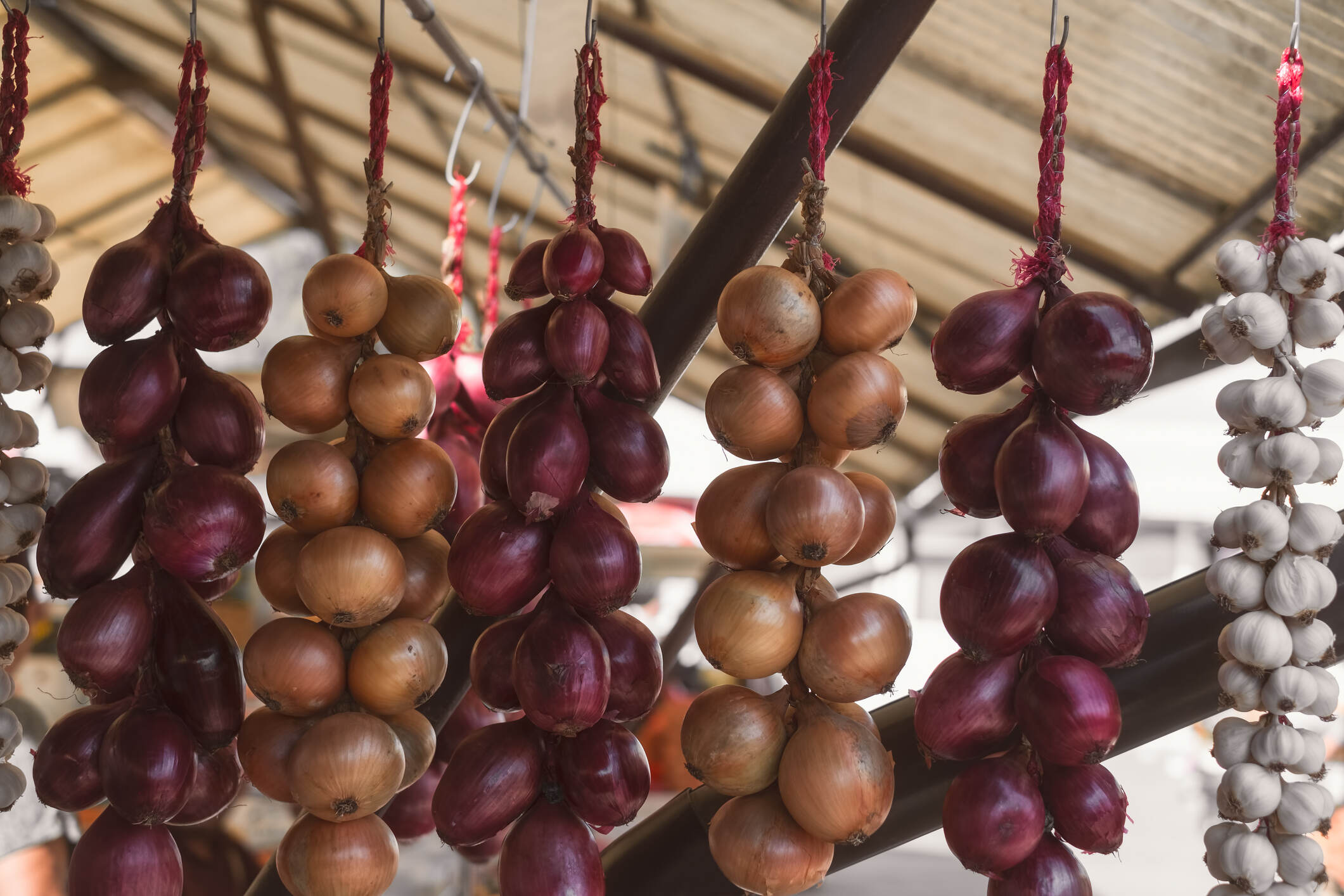
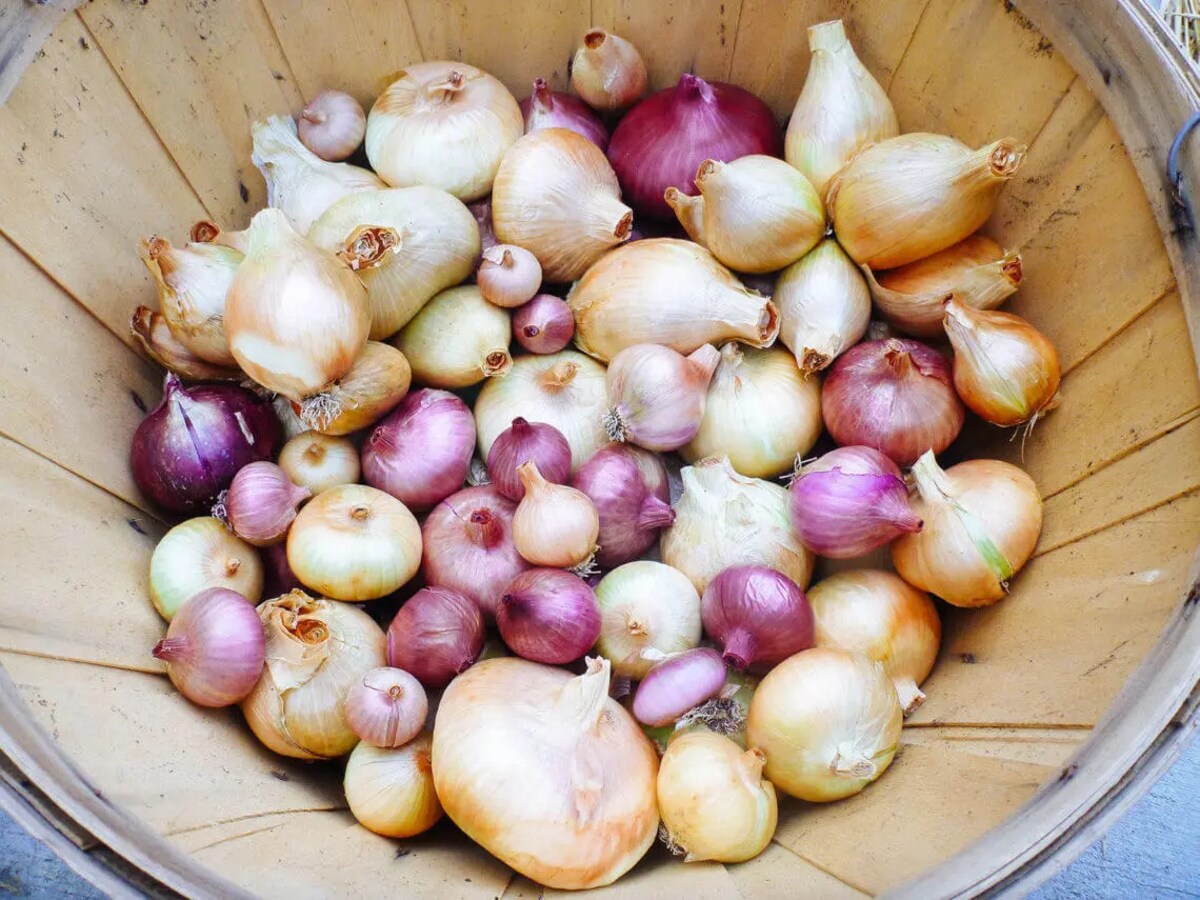
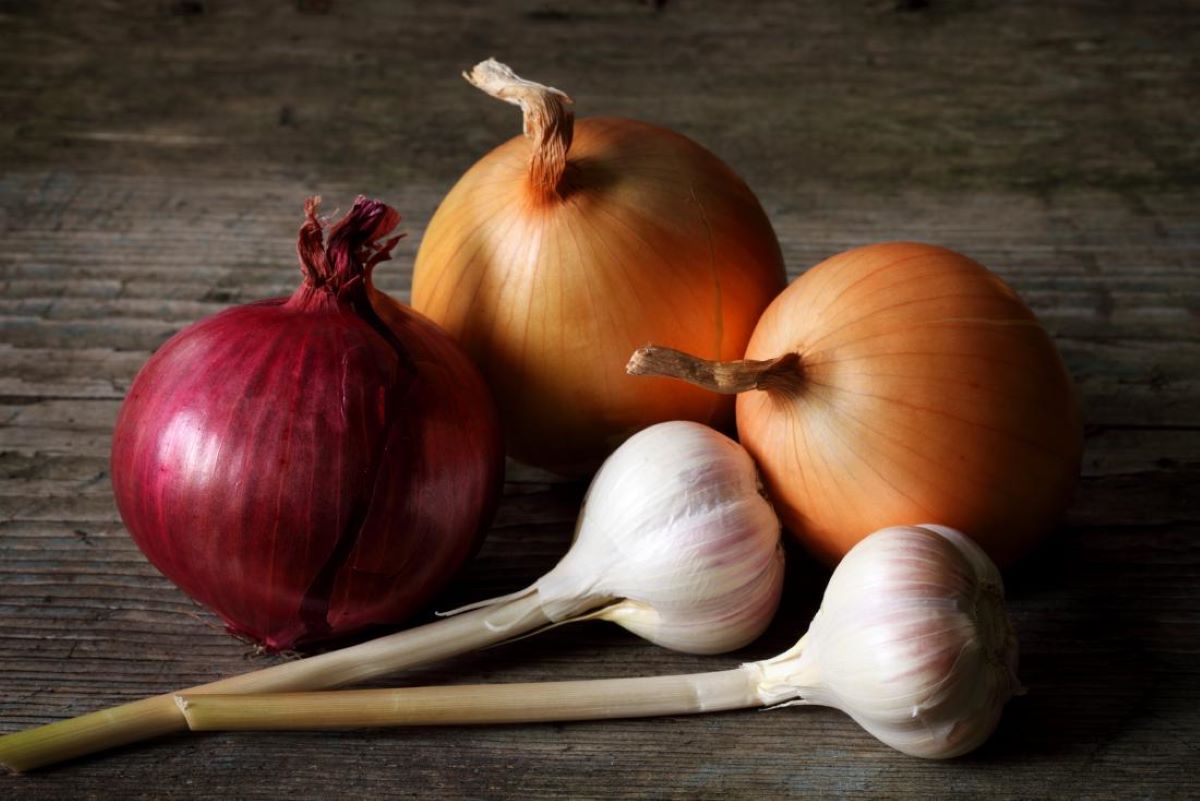
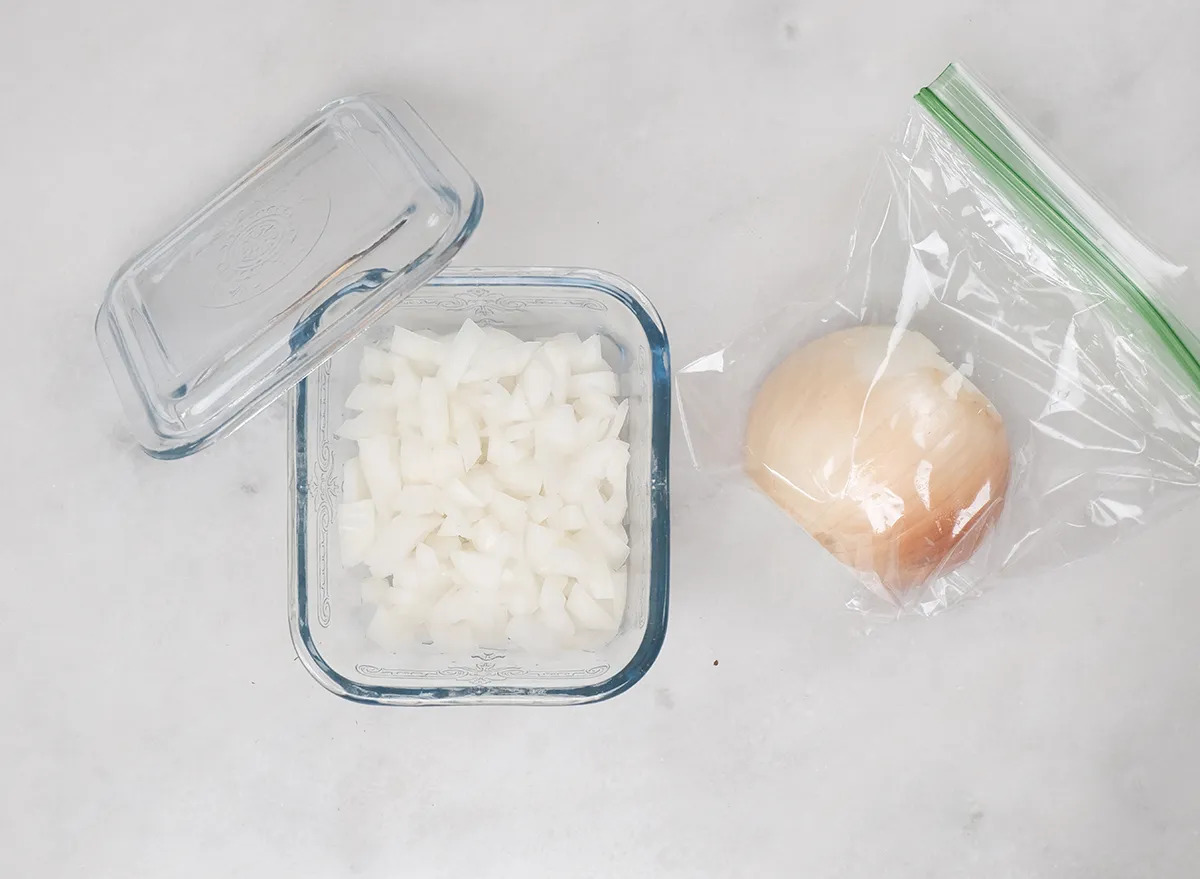
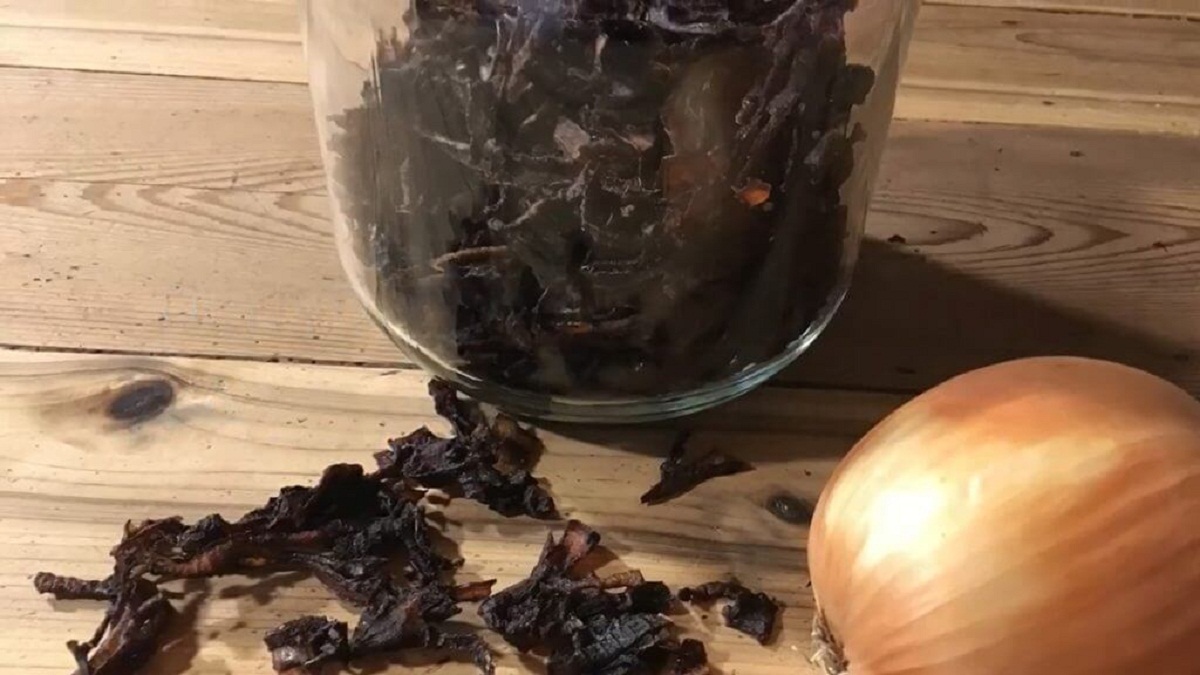
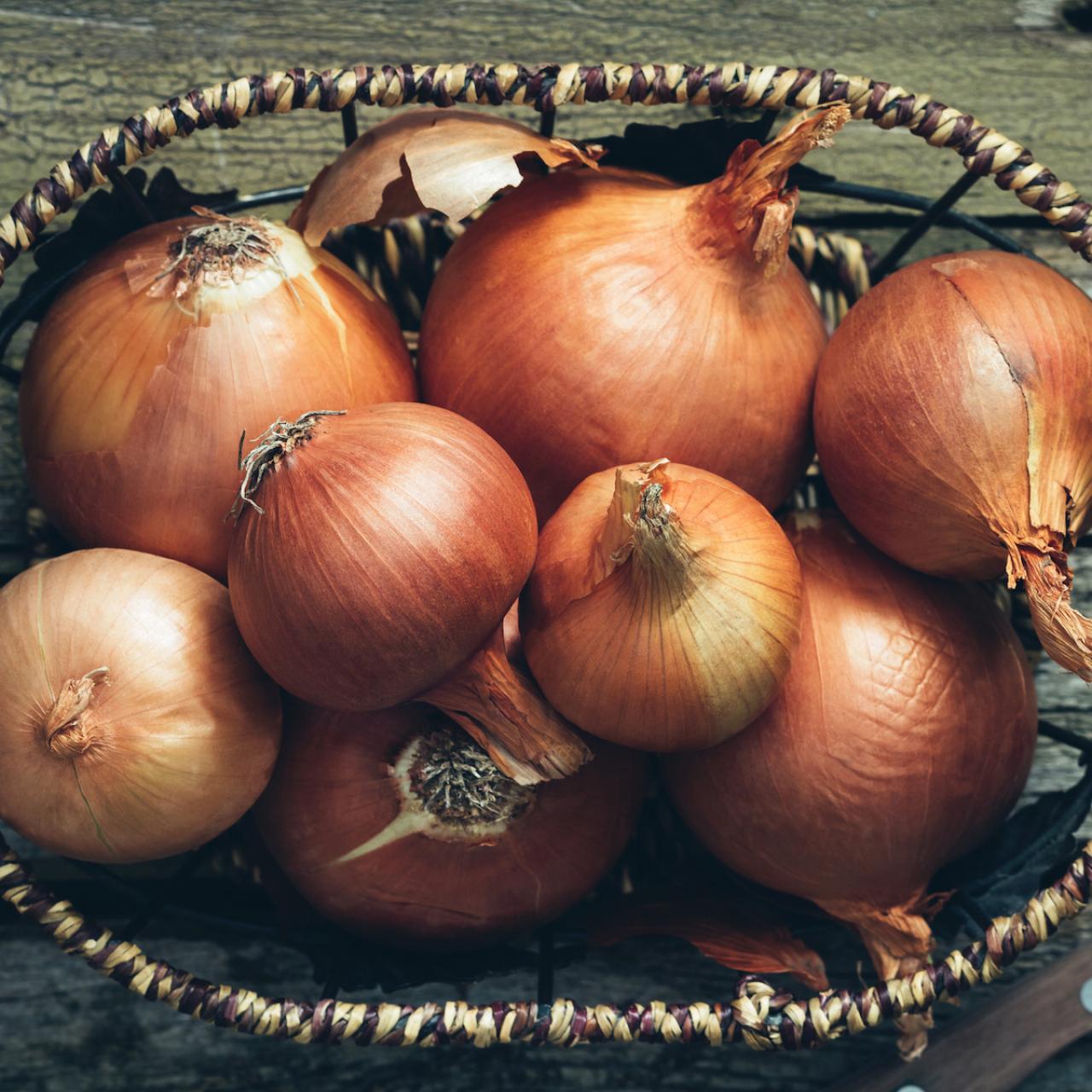
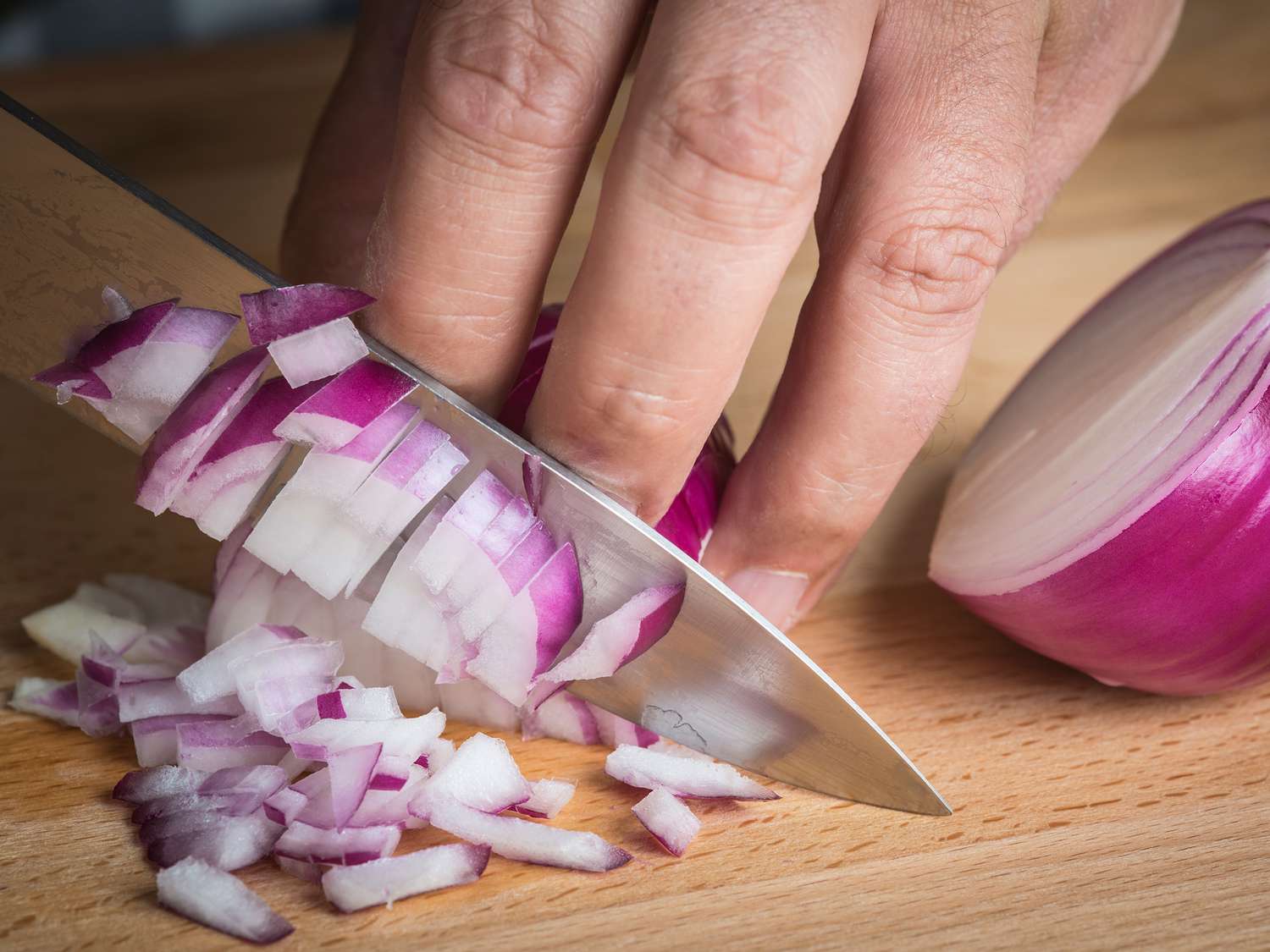
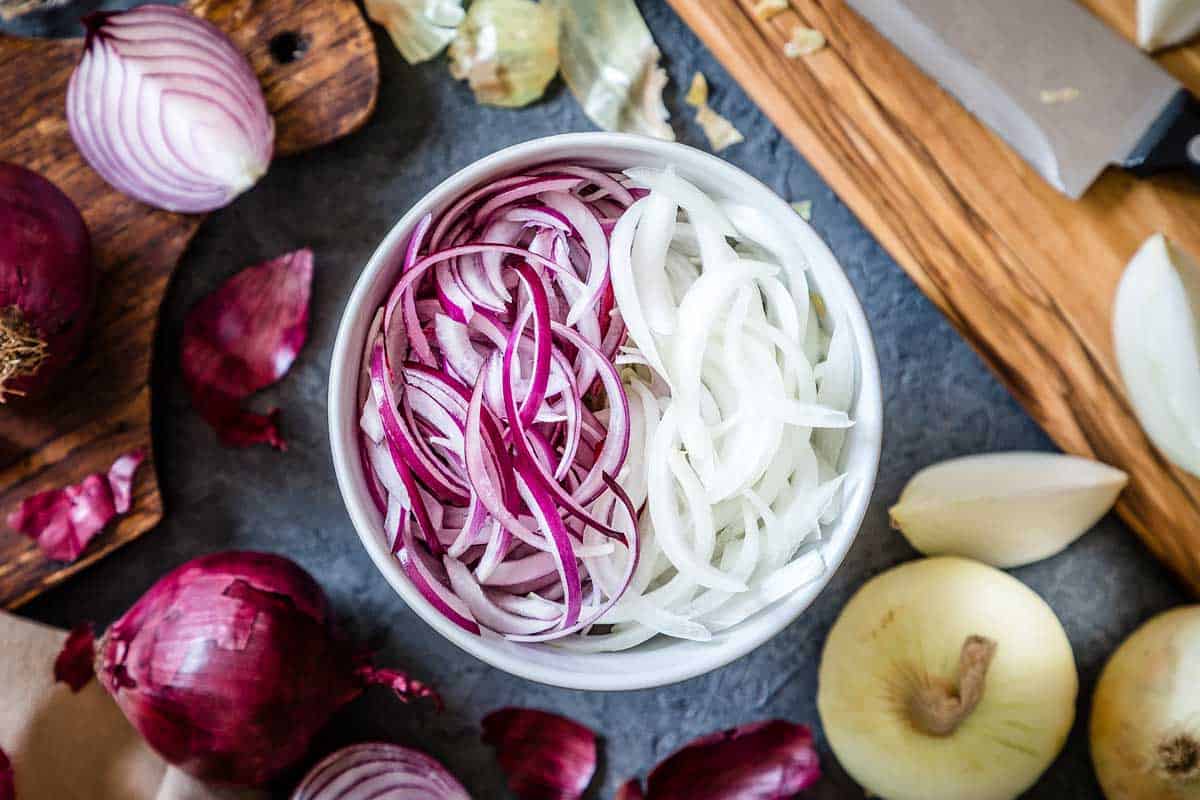
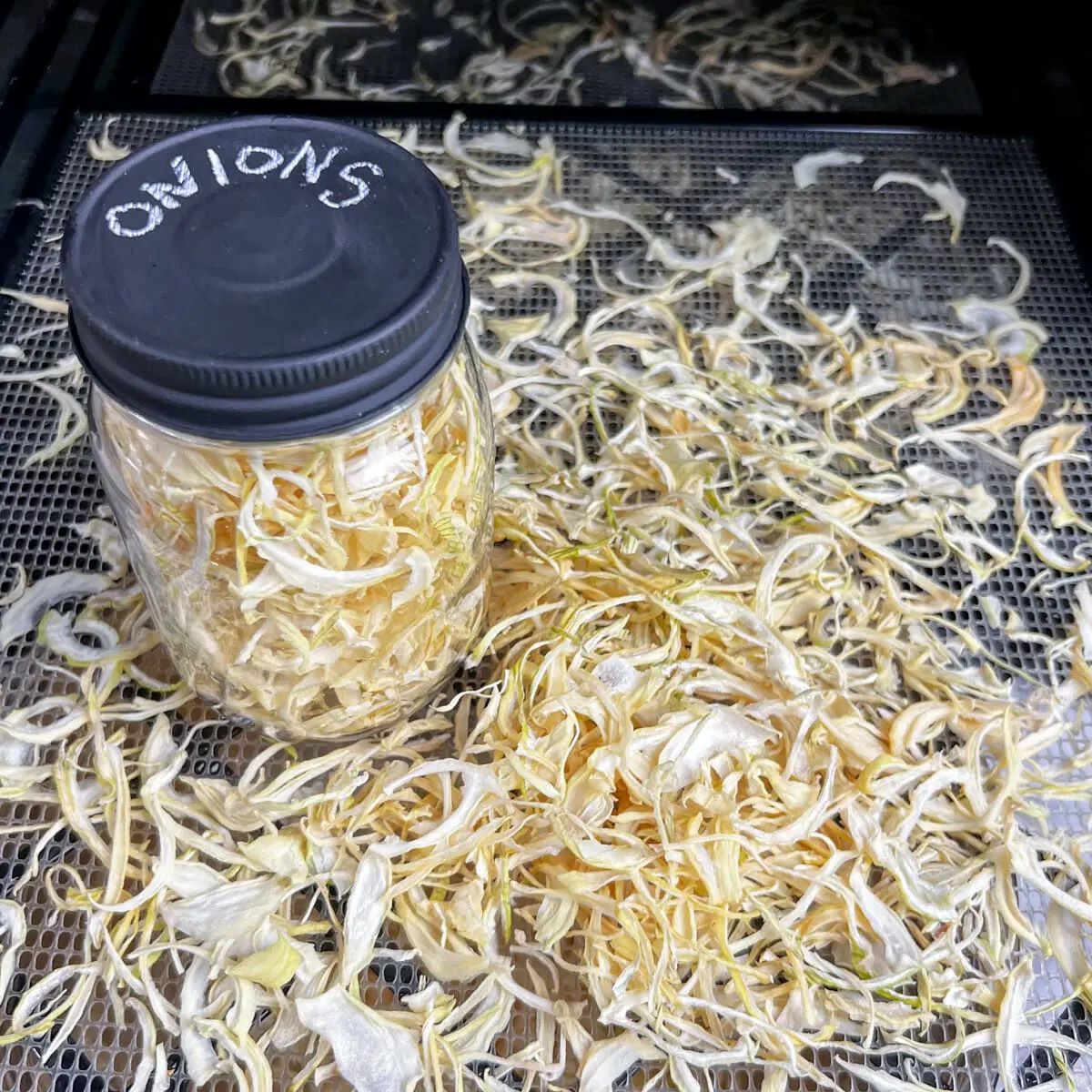
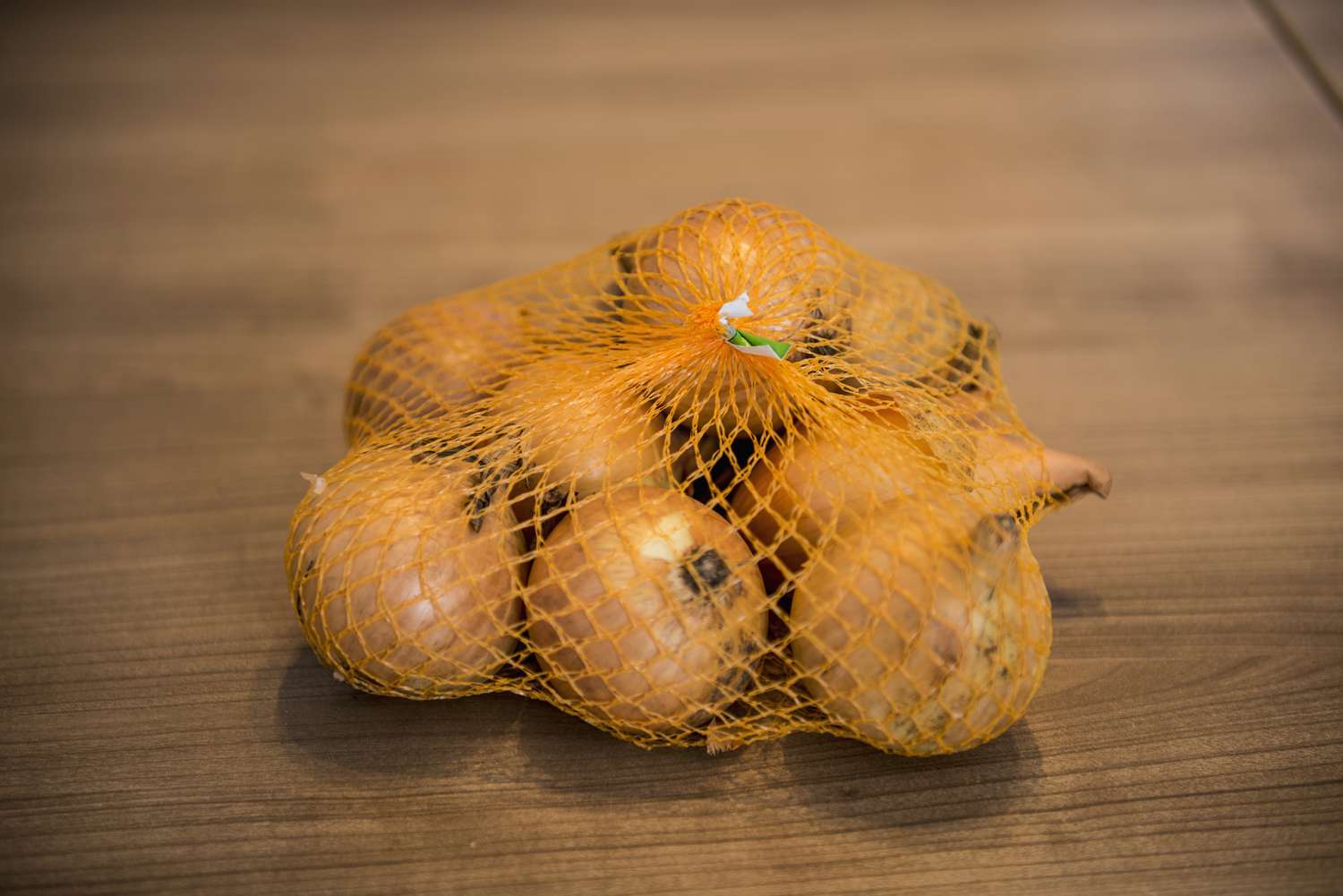
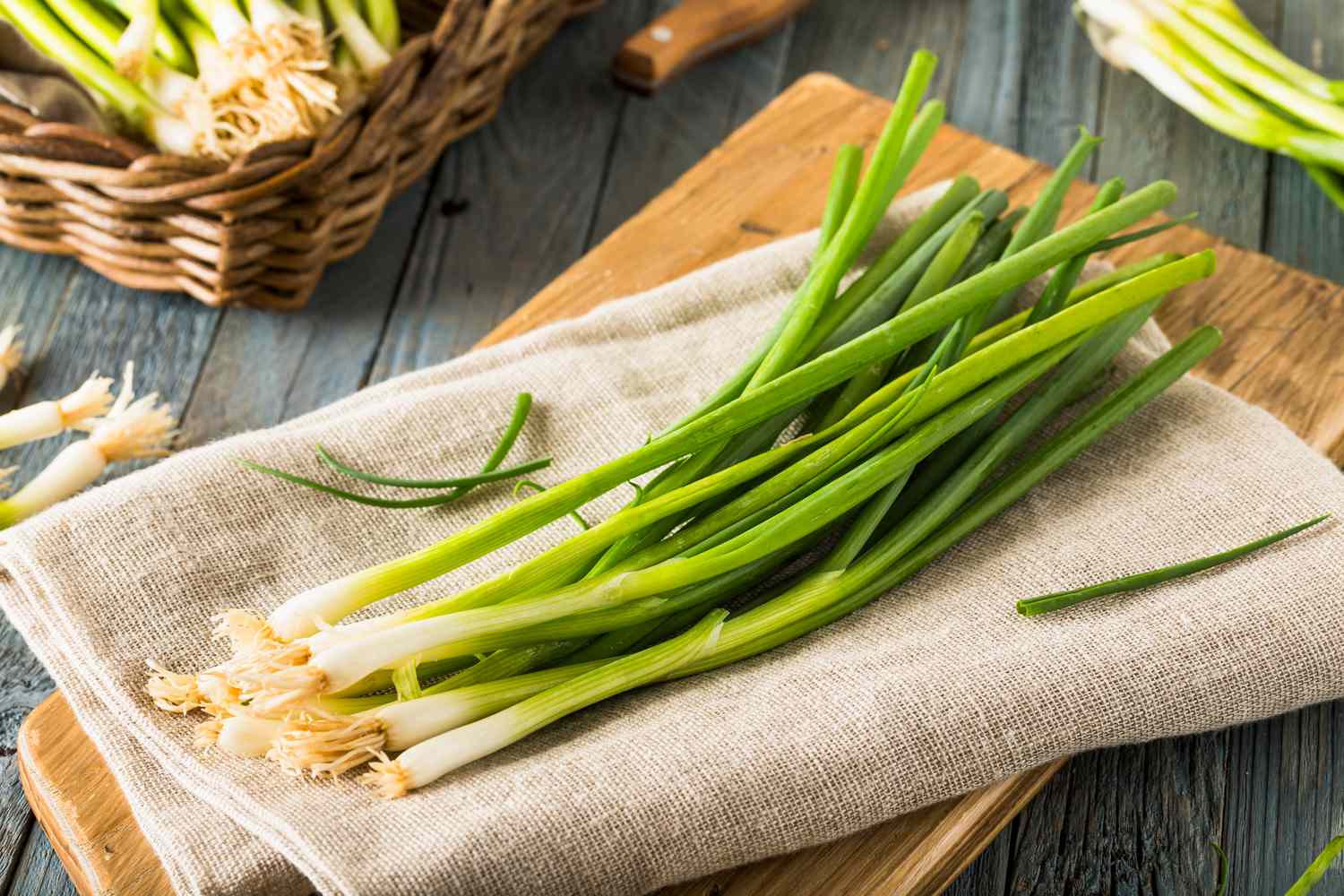
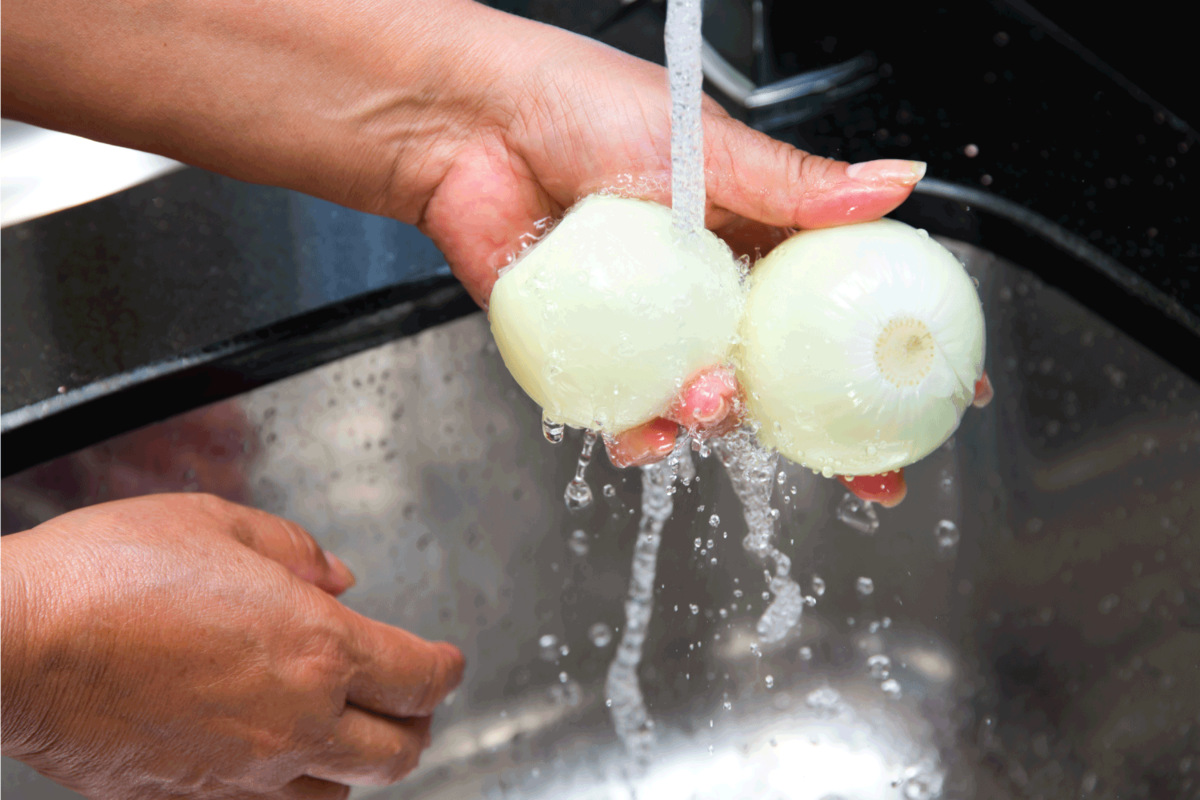
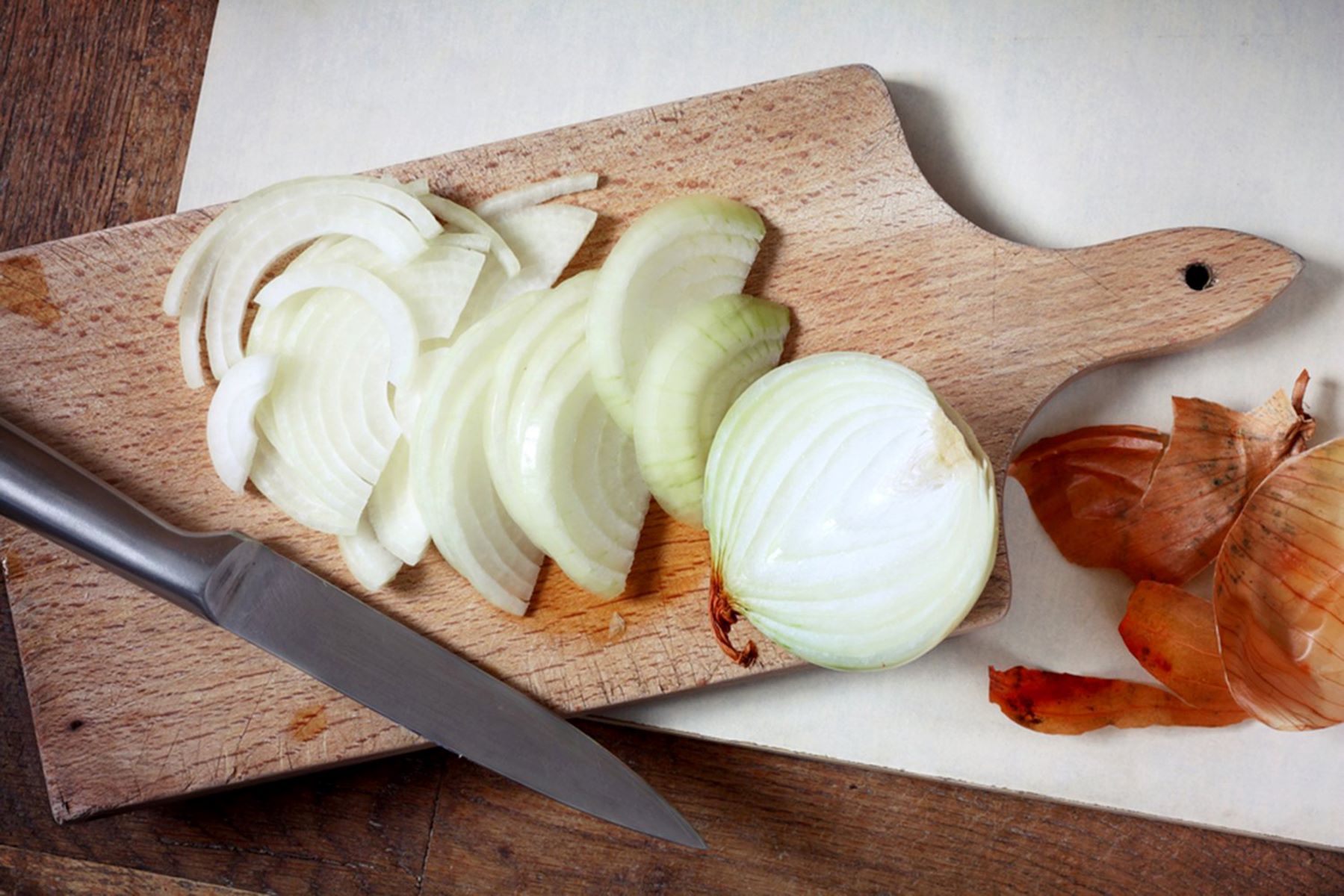
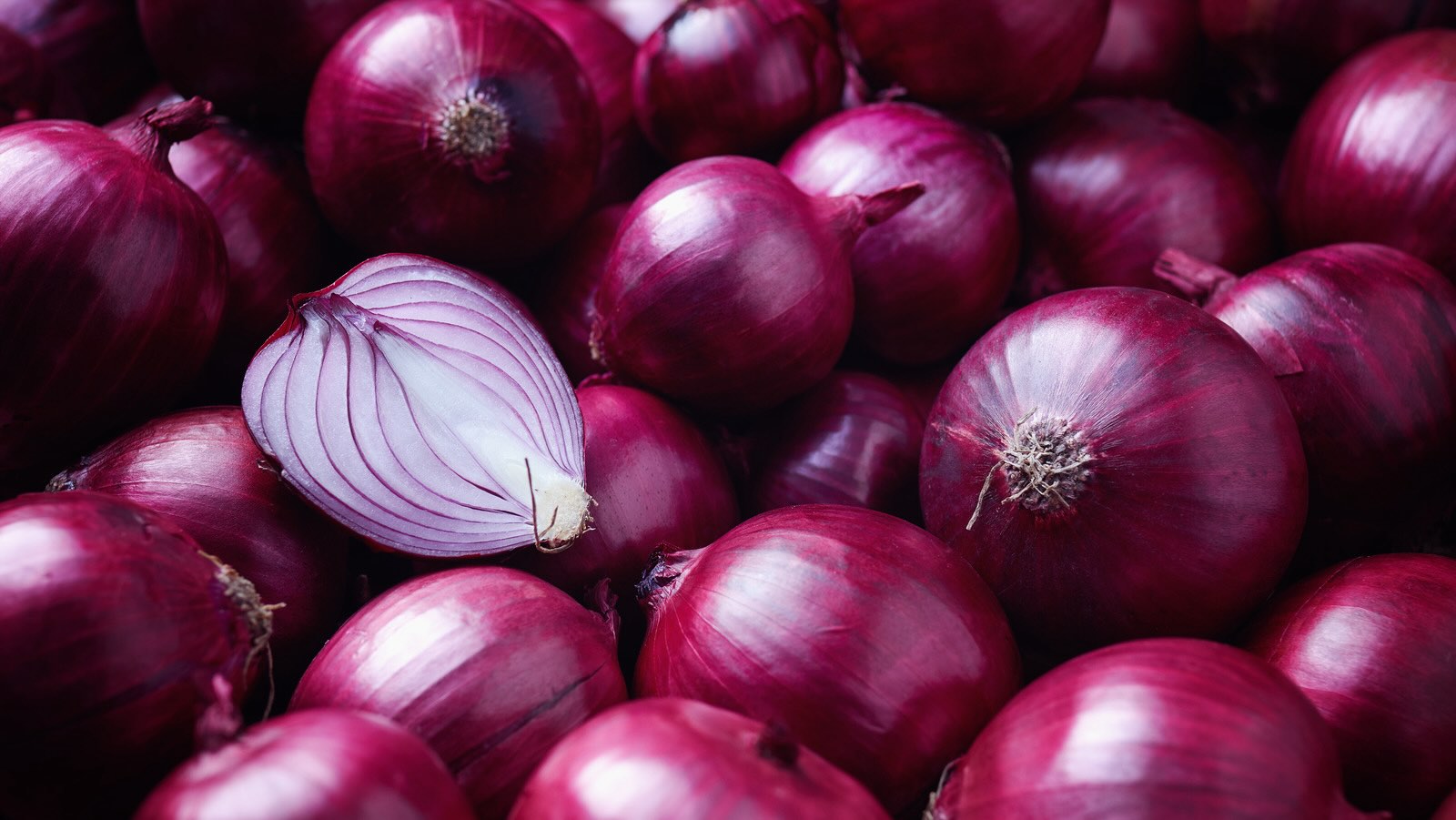

0 thoughts on “How To Store Onion Sets”